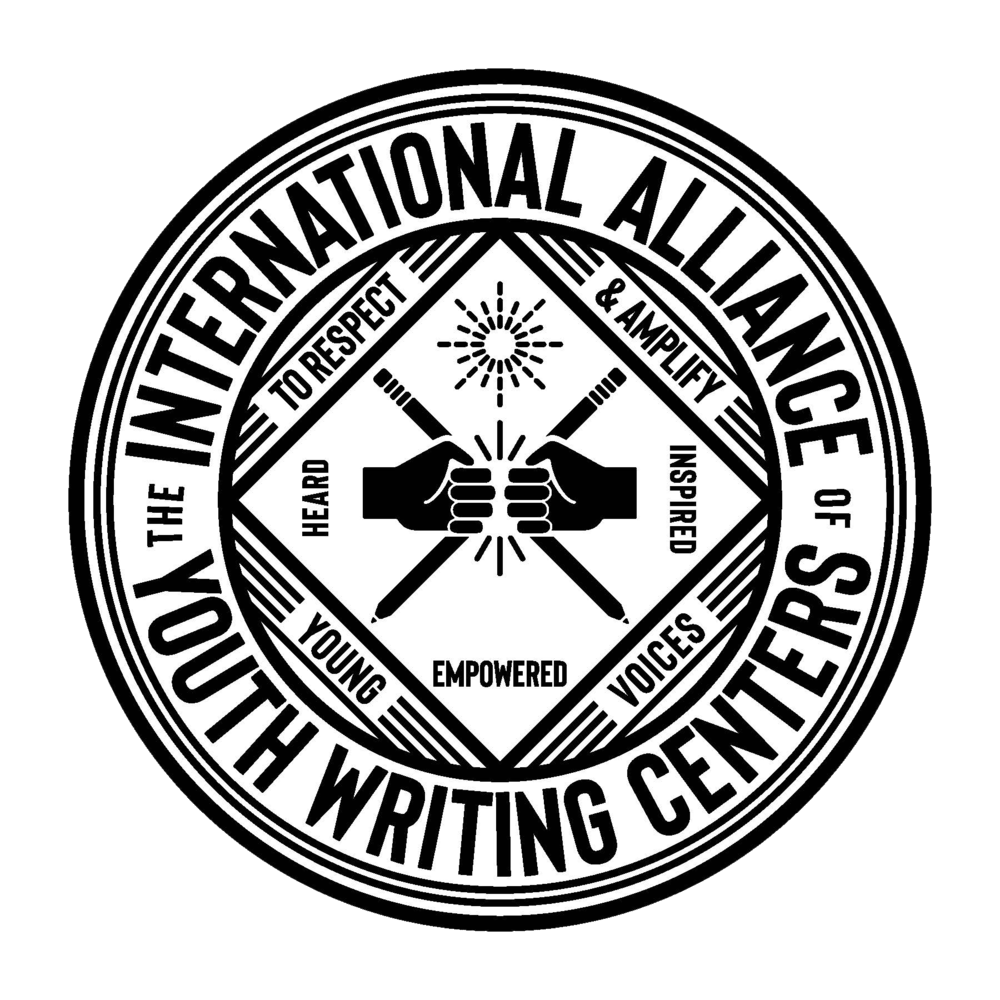HOW TO CULTIVATE DONOR AND SUPPORTER RELATIONSHIPS
Every person who interacts with your organization has the potential to be part of your network of supporters, friends, and donors. Start early in assuming that every staff member, not just your development or fundraising people, will take this approach. A customer in your store may have a family foundation whose support would be transformative. An intern may become a major donor in five years, and parents and families can sometimes bring enormous support through community connections, local resources, donations, and more.
With that in mind, every person should be treated with warmth and authenticity. If nothing else, this approach will help your students, volunteers, and staff understand your organization as one of inclusivity and kindness, a place where all feel they belong and are honored. This thinking can be infused into all you do, from social media posts, to how your store staff is trained to greet the public, to how your program staff reply to emails.
At the heart of this relationship-based approach to operating an organization is the idea that the work we’re doing is community-centered and thus only succeeds if community members are meaningfully part of it. If you have no connection or relationship with the program officer, firing off an impersonal grant proposal has a small chance of being funded. Even if your grant requests and fundraising letters are well-written and your programs are impactful, these efforts will quickly fall short if you’re not starting from a place of real relationships with people. After all, people are the ones who decide to give, whether it’s a $50 personal check or a $50,000 foundation grant.
As an organization is starting, it’s very easy to mistakenly see gifts as transactions, or as a means to an end. To really embrace the relationship-based approach to cultivating donors, it’s essential to look away from the sterile spreadsheets which track your prospects and turn toward the individual people who will be your allies in your work.
So hand write a note to donor who has made a difference. Remember what inspires them about your work and update them when you have something new they’d enjoy. Send a book, an invitation, a hello. Focus on them: why they have made a change for your work, and what could their future gifts could do? Honor preferences they’ve told you about their interests or disinterests in parts of your work. Accept that an authentic and thoughtful “no” is much more likely to become a gift next year than a transactional “yes.” Include donors and potential donors in appropriate and meaningful ways — as you would anyone you respect and care about. Ask what they think. Respond honestly and examine where your program and their interests intersect. People with whom you have these kinds of positive relationships will make gifts at their own level of ability and will be eager to introduce you to more people who can be supportive. Most importantly, they’ll return again and again because their interactions with your organization are meaningful and real.
